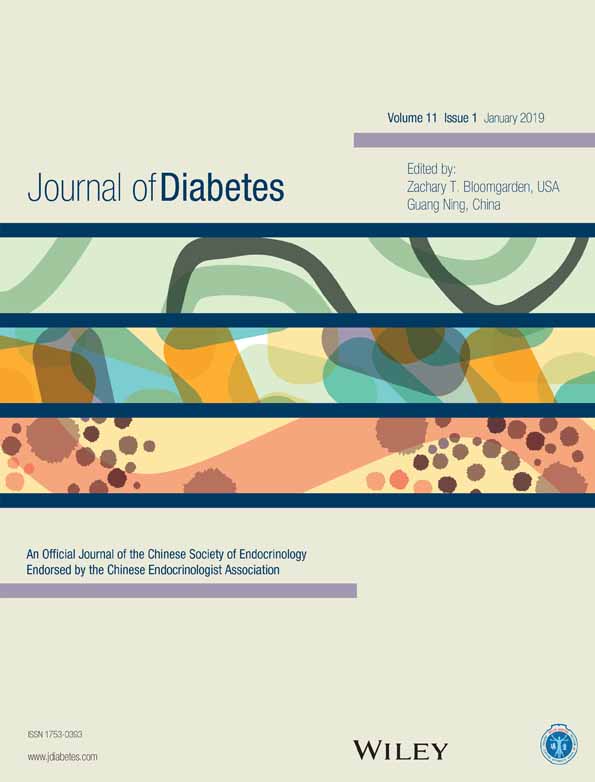Going beyond HbA1c to understand the benefits of advanced diabetes therapies
在HbA1c以外了解先进糖尿病治疗的益处
Abstract
enThe gold standard for monitoring overall glycemia is HbA1c. However, HbA1c has several important limitations, giving more weight to the prior 2 to 3 months rather than short-term glycemic control. In addition, the level of the HbA1c does not reflect the important interpersonal differences in its relationship with mean glucose, and HbA1c is affected by many common clinical conditions (anemia, uremia) that can interfere with the accuracy of its measurement in the laboratory. The development and refinement of continuous glucose monitoring (CGM), a glucose- and patient-centric technology, over the past two decades have permitted the creation of new single and composite metrics, such as the percentage of time in range and the glucose pentagon, respectively, which provide clinically relevant insights into short-term glycemic control. In addition, CGM creates new outcome metrics for clinical management and investigational studies (percentage of time in hypoglycemia, percentage of time in target range) that can accurately and meaningfully report the effects of an intervention, whether that is a drug, a device, or a psychosocial program, and CGM provides the key input to drive algorithm-based insulin delivery. Finally, CGM linked with artificial intelligence permits real-time feedback to patients about modifiable patterns of glycemic excursions.
Abstract
zh摘要
监测总体血糖控制水平的金标准是HbA1c。然而,HbA1c有几个重要的局限性, 测量之前2-3月的血糖水平所影响的HbA1c权重要大于短期血糖控制水平。另外,HbA1c水平与平均血糖的关系并不能反映重要的患者间的差异, 并且HbA1c还会受到许多常见临床因素(贫血、尿毒症)的影响, 它们都会干扰实验室测量的准确性。在过去的二十年中动态血糖监测(continuous glucose monitoring,CGM)技术的发展与完善, 让这种以血糖和患者为中心的测量技术, 可以创建出新的单项指标与复合指标, 例如, 分别为血糖监测时间范围的百分比以及五边形血糖模型,,它所提供的临床相关信息有助于我们了解短期内的血糖控制情况。 另外,CGM为临床管理与调查研究创建出新的结果指标(低血糖时间百分比、血糖处于目标范围的时间百分比),无论是因为药物、设备还是社会心理项目, 它可以准确并且有意义地报告干预的效果, 并且CGM可以为基于算法的胰岛素输注提供关键的信息。最后, 与人工智能相关联的CGM可以实时向患者反馈可修改模式的血糖波动。




